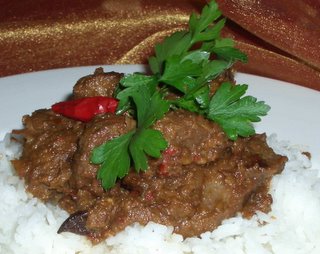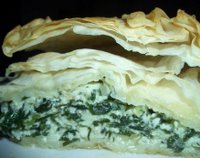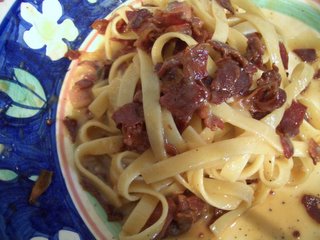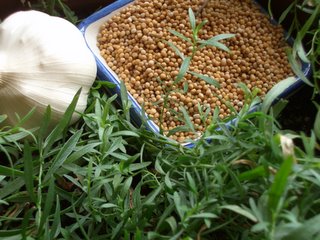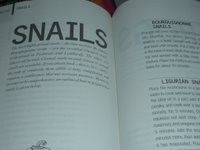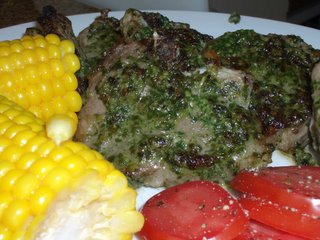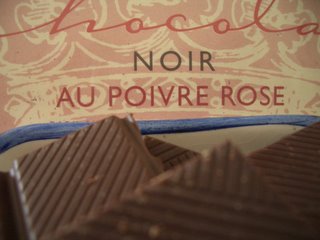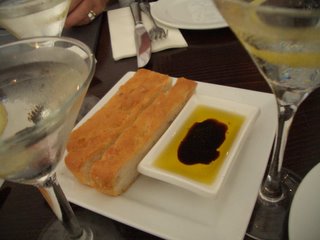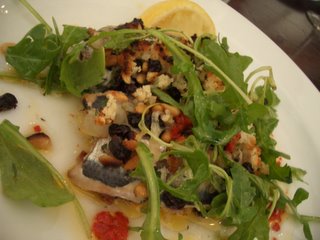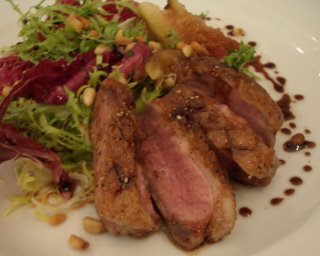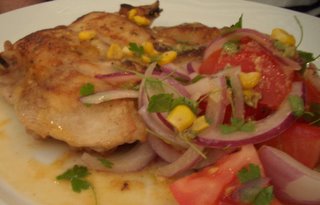Hooray hooray it's pancake day!
 OK, so I’m harking back to my Catholic schoolgirl observance of this pre-Lenten, mardi gras food tradition. But despite my rejection of organized religion, I see no reason to throw the baby out with the bath water, as it were, by rejecting sensible and appetizing food traditions. And anything that encourages rampant, laissez faire crêpe consumption is all right with me. I just don’t follow through with the abstinence afterwards until Easter. But I’m not your thick buttermilk blueberry pancake girl (unless of course they are Bill Grainger’s ricotta hotcakes with honeycomb butter which are another story altogether). I like the lacy, airy thinness of the French variety that I learned to cook when I worked in a French Restaurant in my youth. We used to make them on enormous hotplates fashioned specifically for the purpose, smoothing out the batter to diaphanous layers to be made later in suzette style or whatever else chef had in mind.
OK, so I’m harking back to my Catholic schoolgirl observance of this pre-Lenten, mardi gras food tradition. But despite my rejection of organized religion, I see no reason to throw the baby out with the bath water, as it were, by rejecting sensible and appetizing food traditions. And anything that encourages rampant, laissez faire crêpe consumption is all right with me. I just don’t follow through with the abstinence afterwards until Easter. But I’m not your thick buttermilk blueberry pancake girl (unless of course they are Bill Grainger’s ricotta hotcakes with honeycomb butter which are another story altogether). I like the lacy, airy thinness of the French variety that I learned to cook when I worked in a French Restaurant in my youth. We used to make them on enormous hotplates fashioned specifically for the purpose, smoothing out the batter to diaphanous layers to be made later in suzette style or whatever else chef had in mind. I love them for breakfast with tartly lip-puckering lemon juice and a generous sprinkle of sugar, hot from the pan, so they soak up the topping. Yay for pancake day!
I love them for breakfast with tartly lip-puckering lemon juice and a generous sprinkle of sugar, hot from the pan, so they soak up the topping. Yay for pancake day!Crêpe batter
1 ¼ cups of plain flour sifted with a pinch of salt
3 eggs, lightly mixed
1 ½ cups of milk
1 tbsp brandy
1 tbsp light olive oil
Combine eggs, milk and oil together, and into a well in the centre of the flour, use a whisk to gradually combine the liquid with the flour, then add the brandy. Whisk until there are no lumps and set aside for at least one hour. After the batter has rested, check the consistency: it should be like runny (single) cream. If it’s too thick, add a little more milk.
Heat a non-stick crepe pan and add a little butter, mopping up any excess with a kitchen towel so the pan isn’t too greasy. Add a ladle of batter (or if you prefer as I do pour from a jug as you swirl the pan) and swirl around the pan to make a thin crepe. When the batter dries out and sets it’s time to turn it. I like to judge this based on the point at which the edges of the crêpe lift of their own accord from the pan and have a slight golden tinge to them. This sign will usually mean a perfectly browned base. Flip the crepe to cook the other side for a minute or so and slide out of the pan onto a plate. Squeeze over lemon juice and a sprinkling of sugar, fold into quarters and douse with more lemon and sugar.
 This batter makes about a dozen large crêpes (about dinner plate size), but there is an immutable law of the universe that holds that the first and the last crêpe will always be wrong and must be relegated to cook’s treat status. The first will be too floppy and greasy, the last will have holes in it and be small because there’s not enough batter left to make a whole crêpe. So that means 12, minus 2 mutant ones for you to gobble daintily.
This batter makes about a dozen large crêpes (about dinner plate size), but there is an immutable law of the universe that holds that the first and the last crêpe will always be wrong and must be relegated to cook’s treat status. The first will be too floppy and greasy, the last will have holes in it and be small because there’s not enough batter left to make a whole crêpe. So that means 12, minus 2 mutant ones for you to gobble daintily.If there are leftovers (yeah right, as if) they keep in the fridge for a few days and freeze pretty well too. Use them for wrapping up other leftovers, smothering with cheese and baking in the oven.
Tagged with: pancakes





